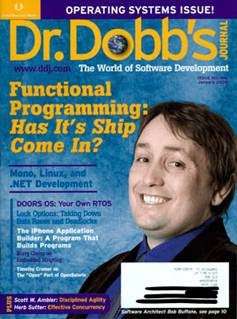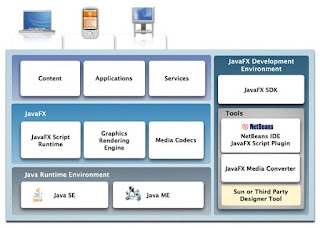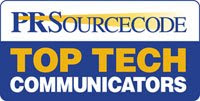 It’s the end of the venerable Dr. Dobb’s Journal. DDJ is turning into “Dr. Dobbs Report — A Special Software Development Monthly Section in InformationWeek Magazine.”
It’s the end of the venerable Dr. Dobb’s Journal. DDJ is turning into “Dr. Dobbs Report — A Special Software Development Monthly Section in InformationWeek Magazine.”
TechWeb — a division of United Business Media — has long used InformationWeek as the dumping ground for its dead magazines. For example, in July 2007, the company shut down its Network Computing and Optimize publications, and folded some of their content (and branding) into InformationWeek.
Now, it’s possible (though not confirmed) that the January 2009 issue of Dr. Dobb’s Journal will be the last one, before it gets folded into the new “Dr. Dobb’s Report” section of InformationWeek. The new section will debut in the Jan. 26 issue of InformationWeek.
Why publish a January issue, instead of ending in December? Many publishing companies account for a magazine in the month prior to its cover date, because that’s when it’s printed. Thus, the January 2009 issue of Dr. Dobb’s Journal would be accounted for in December 2008, and the magazine group would hit its budget for 2008.
Why would TechWeb pull the plug on Dr. Dobb’s, and fold it into InformationWeek — a magazine that serves a very different audience? Because it saves money. By taking Dr. Dobb’s 120,000-odd subscribers and folding them into InformationWeek, TechWeb doesn’t have to spend the money to develop InformationWeek’s own subscribers. That could save TechWeb up to $600,000 in 2009, according to some back-of-the-envelope calculations.
The big losers will be the readers of Dr. Dobb’s Journal, and of course, its advertisers.
Dr. Dobb’s readers will find their beloved magazine to be an occasional “section” of a magazine that they presumably didn’t receive already. (We know this because if many of DDJ subscribers already subscribed to InformationWeek, the economic model wouldn’t work for TechWeb.) As far as the readers are concerned, even though InformationWeek will start showing up in their mailbox, their programming magazine is gone.
Dr. Dobb’s advertisers will be encouraged to move to the more-expensive InformationWeek, probably with some juicy transition-period discounts. However, InformationWeek’s audience isn’t the right target for any software tools company seeking to reach the hard-core programmers that eagerly read the Dr. Dobb’s Journal every month — and kept renewing year after year.
Learn more about “Dr. Dobb’s Report” here. And farewell, old friend.
>> Update: As expected, Dr. Dobb’s Journal was shut down, with the February 2009 issue was the last one. I was caught by surprise by the extra month; TechWeb must have had some big ads booked in February whose revenue they wanted to capture.
Z Trek Copyright (c) Alan Zeichick









